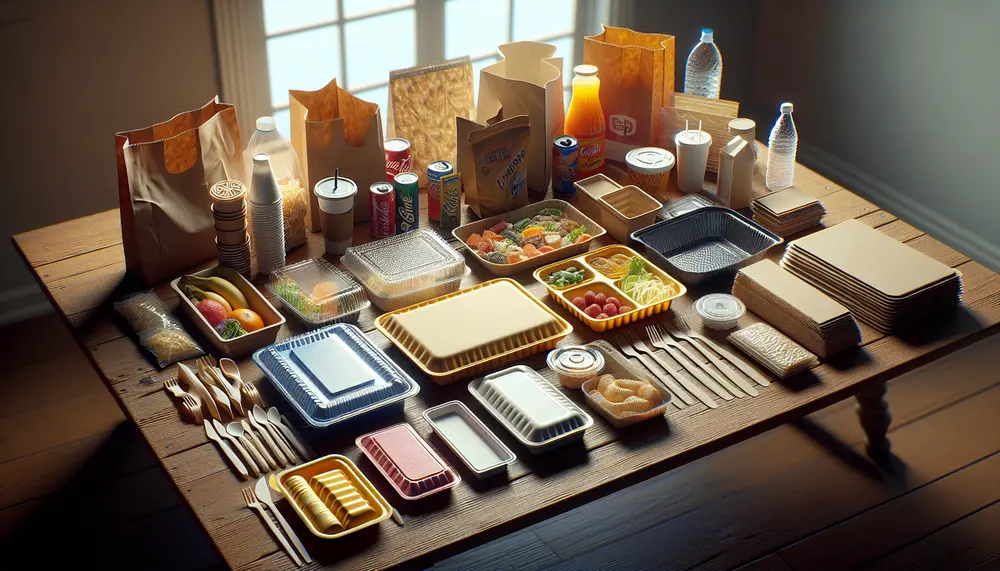Polypropylene
Polypropylene
Polypropylene in Packaging
Polypropylene is a type of plastic commonly used in packaging. It is known for its durability and versatility. This material is often abbreviated as PP.
What is Polypropylene?
Polypropylene is a thermoplastic polymer. It is made from the polymerization of propylene gas. This process creates a material that is both strong and flexible.
Benefits of Polypropylene in Packaging
Polypropylene offers several advantages in packaging. It is lightweight, which reduces shipping costs. It is also resistant to chemicals, making it ideal for storing various products. Additionally, it is recyclable, contributing to environmental sustainability.
Common Uses of Polypropylene in Packaging
Polypropylene is used in many types of packaging. You can find it in food containers, bottle caps, and packaging films. It is also used in medical packaging due to its hygienic properties.
Recycling Polypropylene
Recycling polypropylene is important for reducing waste. Many recycling programs accept PP products. Recycled polypropylene can be used to make new packaging materials, reducing the need for virgin plastic.
Conclusion
Polypropylene is a key material in the packaging industry. Its strength, flexibility, and recyclability make it a popular choice. Understanding its benefits can help you make informed decisions about packaging options.
Blog Posts with the term: Polypropylene
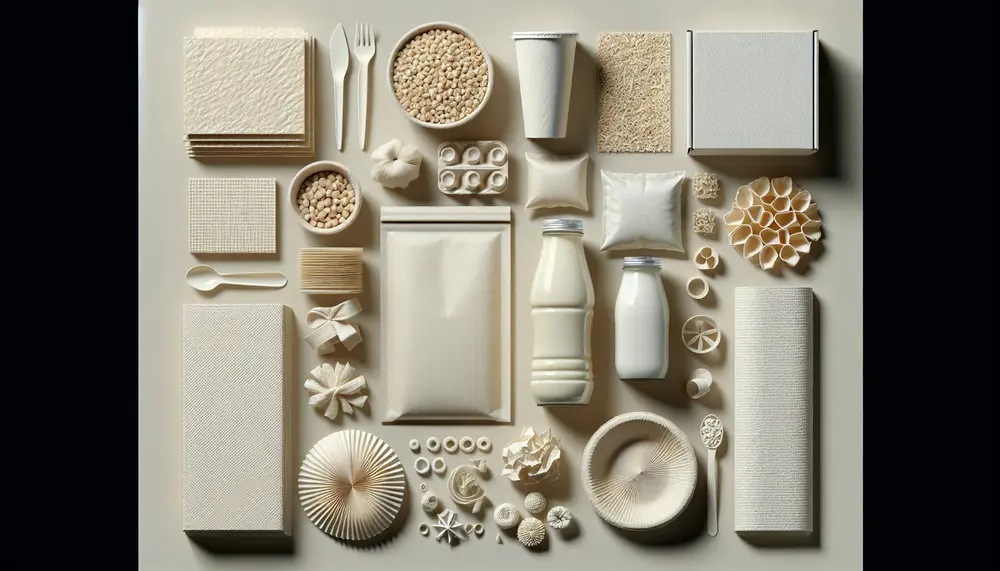
Cornstarch is a biodegradable, eco-friendly alternative to traditional packaging materials, offering similar functionalities with less environmental impact. It's used in various industries for products like containers and bags, reduces reliance on fossil fuels, and supports climate change efforts by emitting...
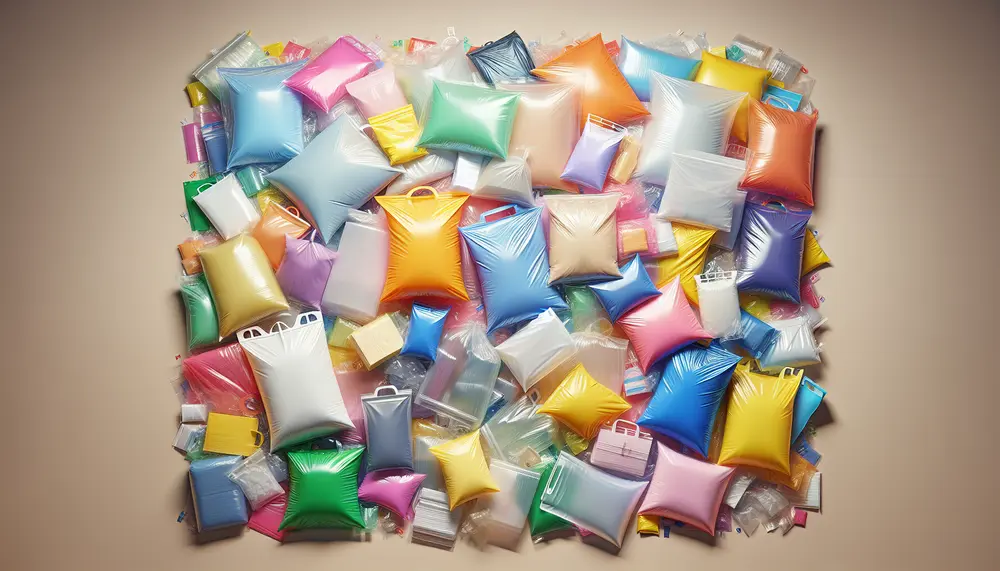
LDPE bags are versatile and durable packaging solutions made from Low-Density Polyethylene, suitable for a wide range of applications including food packaging, medical supplies, retail merchandise, industrial parts, and agricultural products. They offer benefits such as cost efficiency, protective qualities...

Flexible and soft packaging materials are cost-effective, protective solutions that bend to fit contents; they combine substrates like plastics for barrier protection and branding. The industry is shifting towards these lightweight, customizable options due to consumer convenience, sustainability benefits, and...
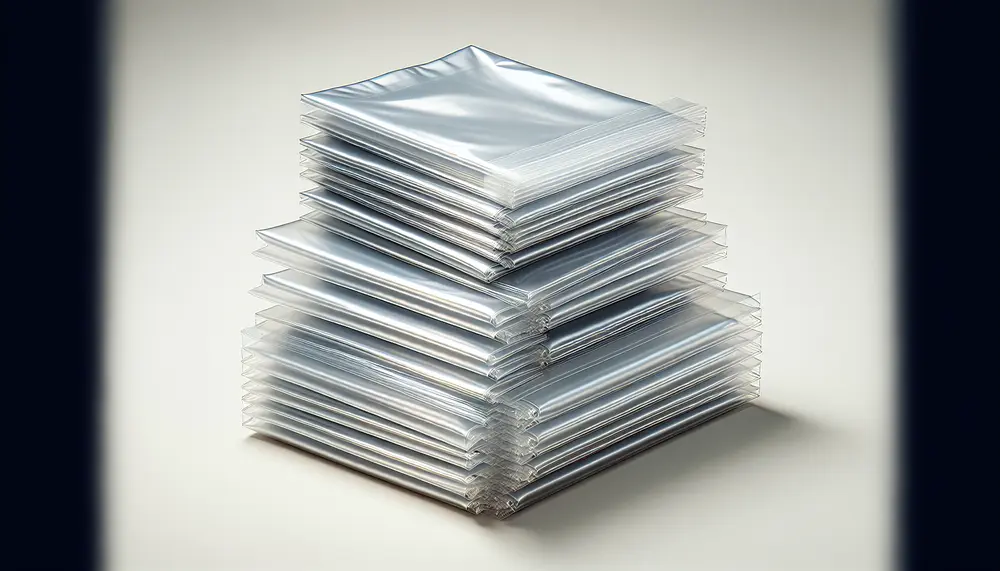
OPP bags, known for their strength and clarity, are essential in packaging for protection, presentation, and preservation of products. They offer advantages like durability, resealability, cost-effectiveness but have drawbacks such as being non-biodegradable; various types exist to suit different applications. Different...
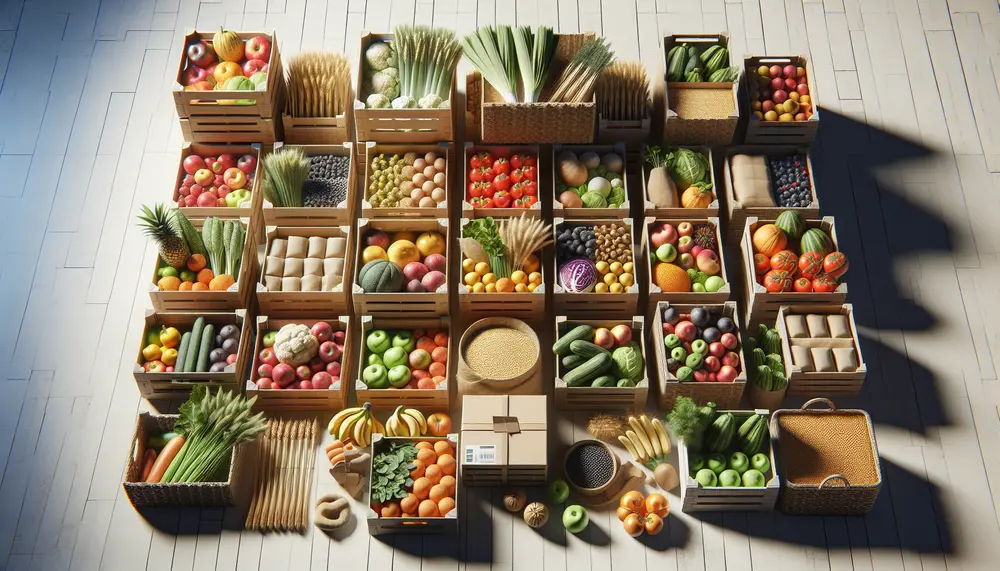
Understanding the Basics of Packaging Materials in Agriculture: Agricultural packaging is essential for protecting produce during transport and extending shelf life, with material choice balancing product needs, efficiency, marketing appeal, and sustainability. Choosing the Right Packaging for Your Agricultural Products: Selecting...
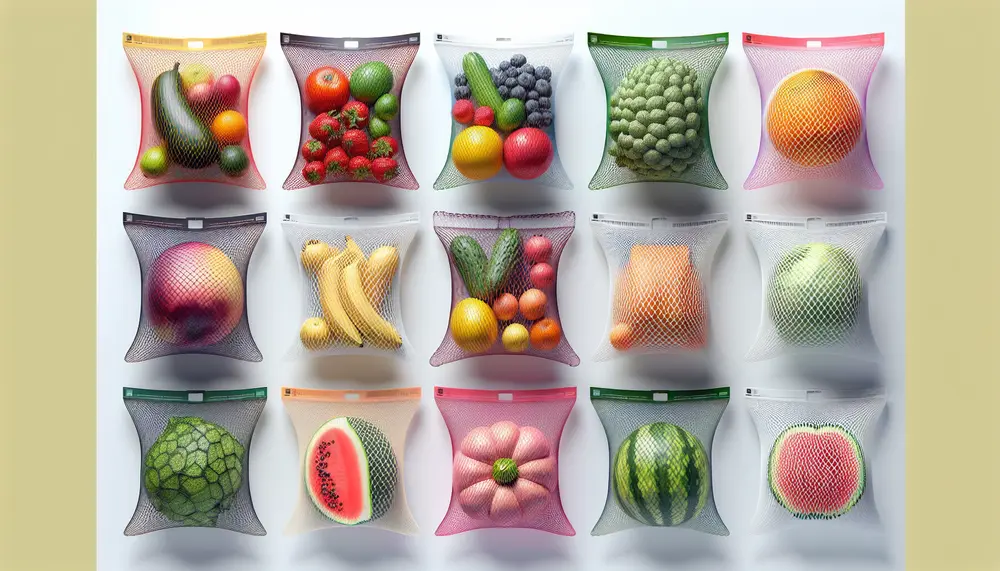
Packaging nets are crucial for protecting and transporting various products, offering benefits like airflow for perishables, visibility without opening the package, lightweight nature to reduce shipping costs, and environmental friendliness. They come in different types—extruded, knitted, woven, elastic—with specific characteristics...

Pharmaceutical packaging defects can compromise product integrity, posing health risks and financial losses; common defects include uneven sealing surfaces, raised seams, excess bottom flash, uneven sides, foreign material presence, and incorrect material specifications. Identifying causes such as material quality issues,...

EO sterilization is a vital low-temperature method for medical devices, requiring packaging that allows gas penetration and maintains sterility. Packaging materials like PE, PP, polystyrene, nylon, PET, and multilayer laminates are compatible with EO but must be designed to ensure...

The pharmaceutical packaging HS code is essential for global trade, ensuring regulatory compliance, accurate tariff calculations, and efficient customs clearance. Understanding and correctly using the HS code helps businesses avoid delays, fines, and ensures smooth international operations by accurately classifying...
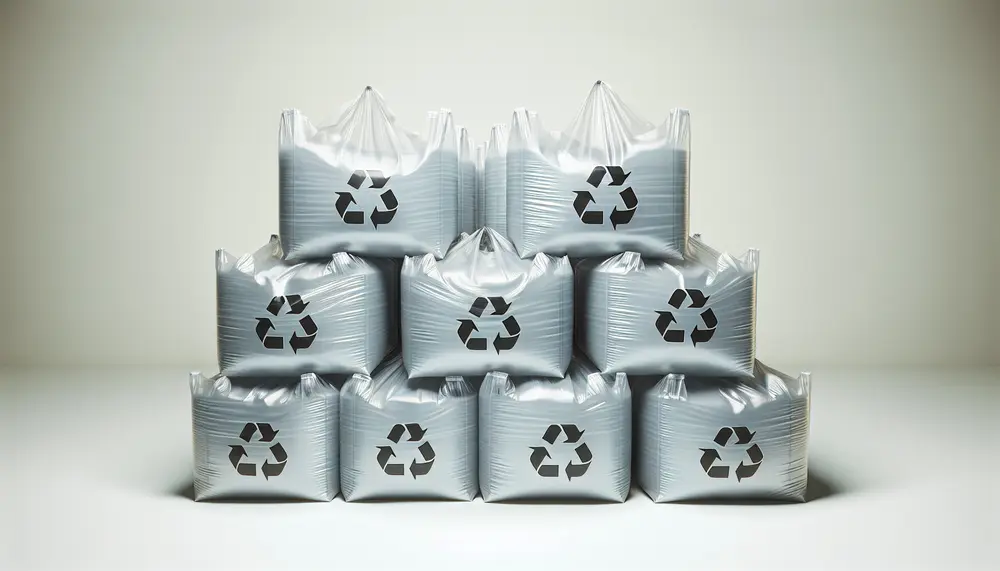
HDPE bags are known for their strength, flexibility, and eco-friendliness due to their robust molecular structure; they resist impacts, chemicals, moisture, and temperature variations while being recyclable. Their durability allows multiple uses and secure transportation of goods with less environmental...
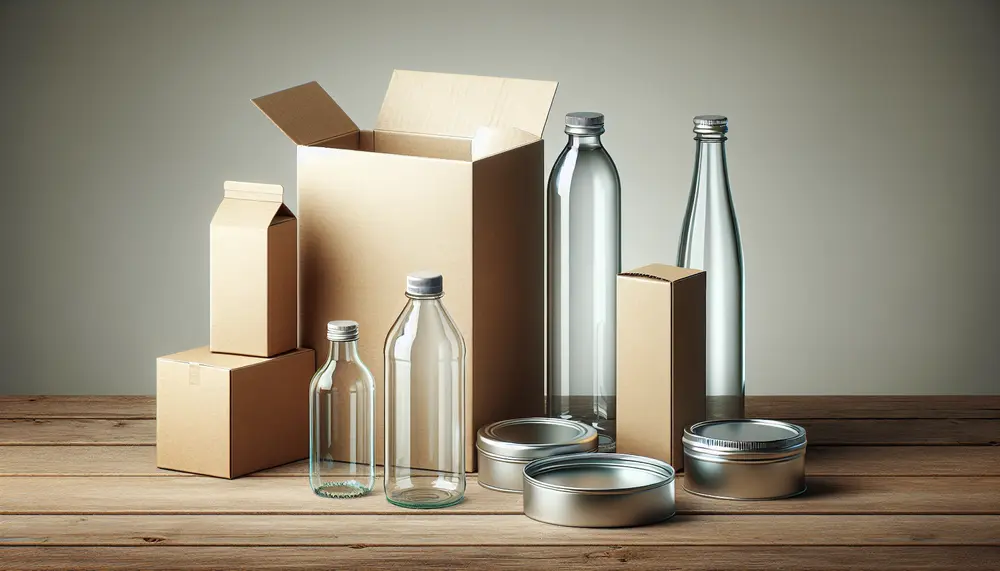
Packaging materials are crucial for product protection, branding, and environmental impact; choosing the right type depends on various factors including the product's nature and consumer trends. Paper-based options like corrugated cardboard and SBS paperboard offer sustainable choices with different balances...

Pharmaceutical packaging is essential for protecting medications from contamination and degradation, providing critical information through labeling, ensuring regulatory compliance, and enhancing user experience with features like child-resistant caps. While it offers benefits such as safe transportation and storage, challenges include...
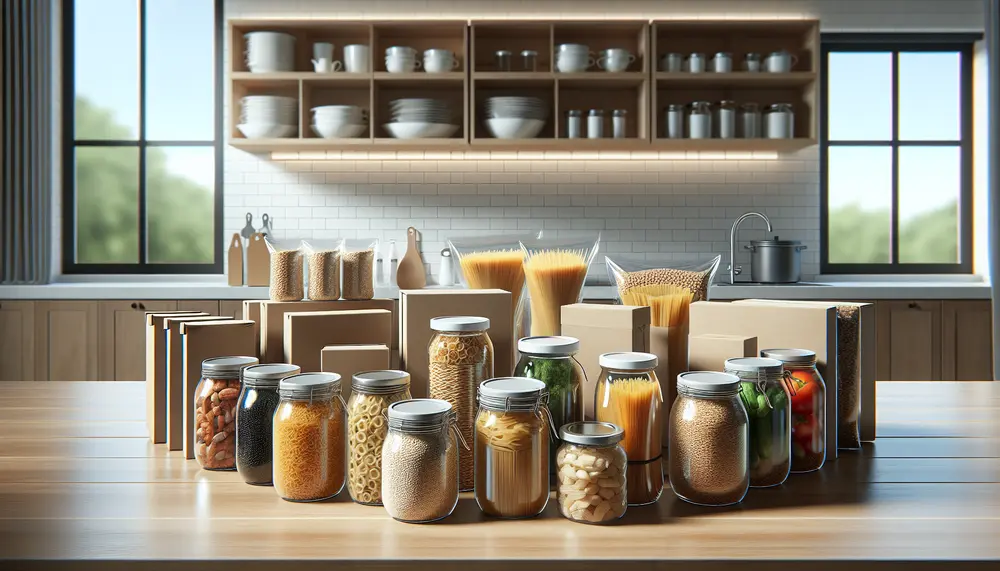
A Food Grade Packaging Statement is a declaration ensuring that packaging materials are safe for direct contact with food and comply with safety standards to protect consumer health. It includes information on material types, suitability for specific foods, and safety...
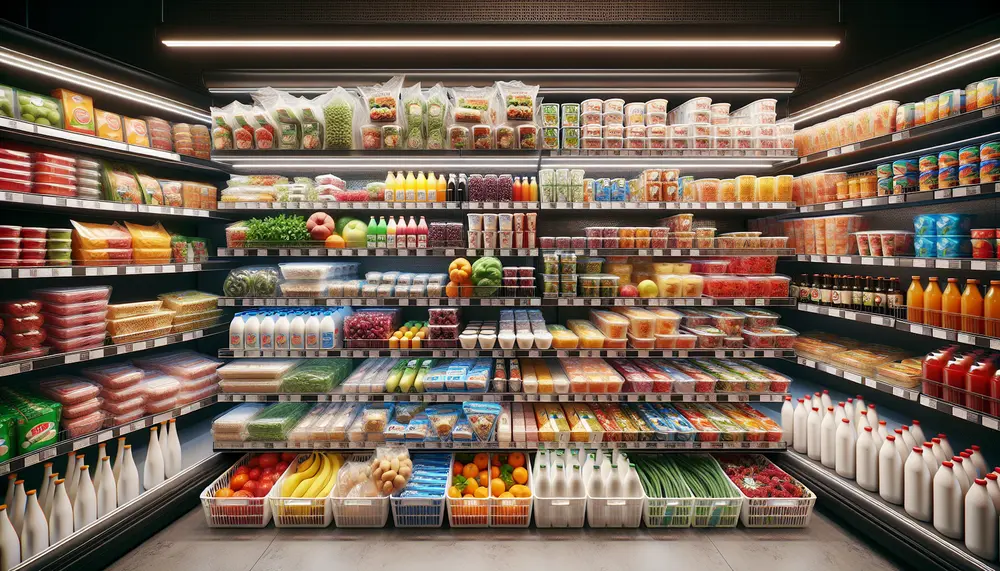
High Density Polyethylene (HDPE) is a crucial material in food packaging due to its durability, chemical resistance, and ability to maintain product integrity under various conditions. It offers advantages such as cost-effectiveness, lightweight nature, customization flexibility, and significant contributions to...

